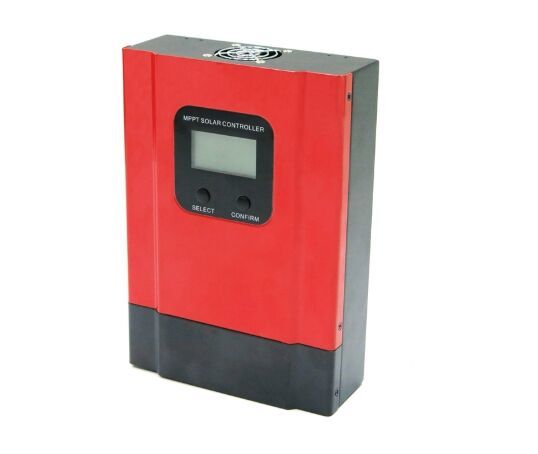Generally, the service life of solar panels is 18 years, and the service life of batteries is generally 2 to 3 years. If the quality of the MPPT solar controller is not good, it may malfunction within a few months after installation, which brings a lot of trouble to everyone.

From which aspects to judge the pros and cons of a MPPT solar controller, I will explain to you one by one:
1. Design principle
At present, there are many technologies in the design of solar charge controllers, switching charging methods, PWM charging methods, and MPPT charging methods. Relatively speaking, the switching charging methods are relatively backward, and long-term use will cause certain damage to the battery life. PWM and MPPT are currently two mainstream methods. PWM is economical and stable, and MPPT is a high-cost charging method suitable for high-end consumer groups.
2. Processing technology
There are two main types of processing technology for MPPT solar controllers, plug-in processing technology and patch processing technology. Because the plug-in type is man-made operation, it is inevitable that there will be defects, such as reverse insertion of resistance and missing insertion of components, which affect the function and life of the controller. The patch type is machined, so the consistency is very good, and the controller is stable and reliable.
3. Setting method
There are currently three main parameter setting methods for MPPT solar controllers. One is manual setting, which takes time according to the instructions, but is reliable, free, and not restricted by conditions. Adjust freely anytime, anywhere. The second is remote control settings, one-key operation, save time, but sometimes the remote control is broken or out of power, resulting in a waste of time. The third is the computer settings, which can be done at one time, but cannot be adjusted on site, and subsequent maintenance is troublesome.